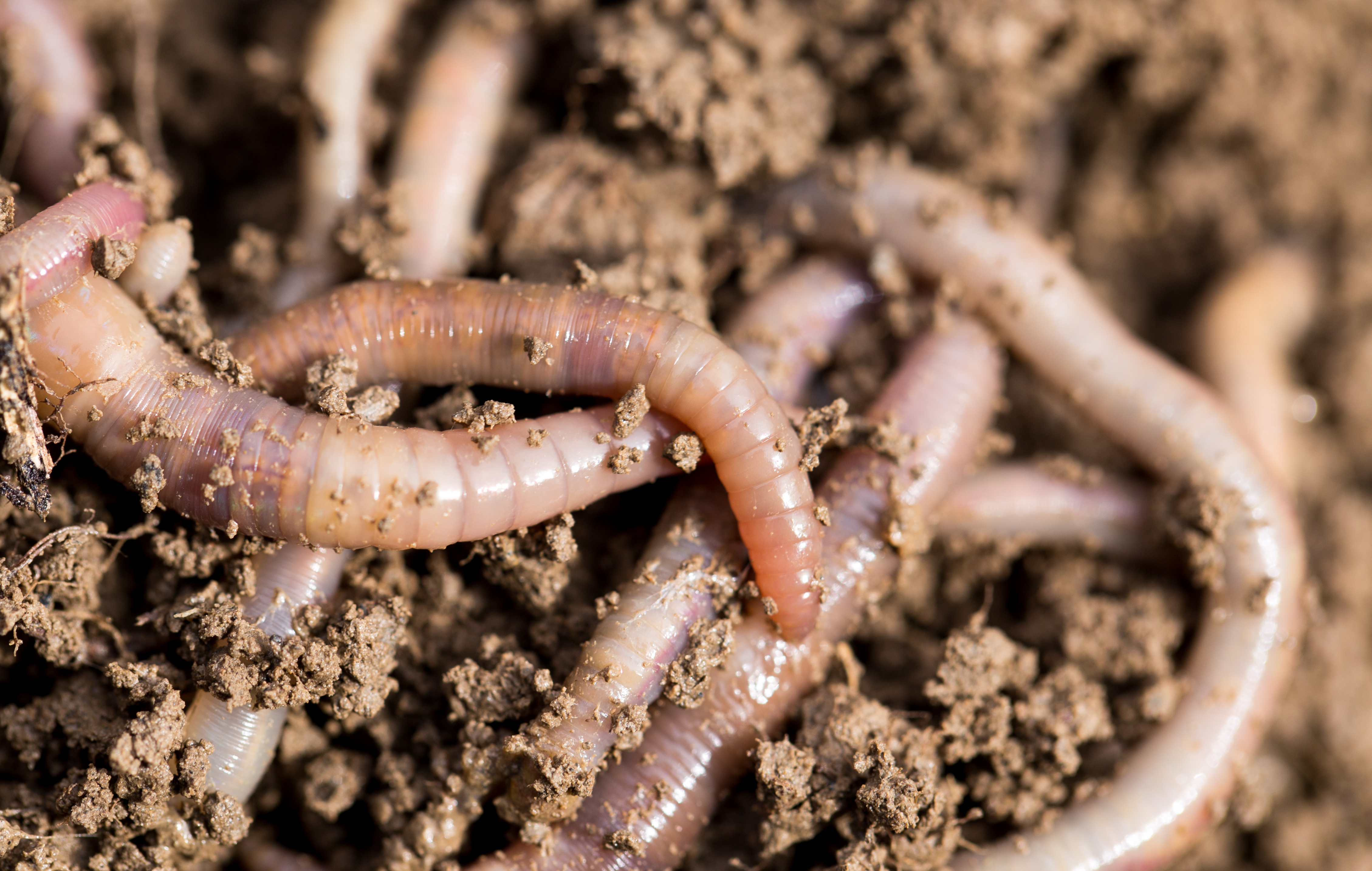Red Wiggler Worms - Natural Option for Environmentally Friendly Composting
Red Wiggler Worms - Natural Option for Environmentally Friendly Composting
Blog Article
Taking Full Advantage Of the Perks of Red Wiggler Worms: A Comprehensive Handbook for Home Gardeners and Urban Farmers
In the realm of lasting gardening practices, red wiggler worms stand as unhonored heroes, quietly changing organic waste right into nutrient-rich castings that can function marvels for dirt health and wellness. By exploring the intricacies of exactly how to successfully care for and optimize the advantages of red wiggler worms, people can open a wide range of chances for boosting the sustainability and productivity of their horticulture ventures.
Recognizing Red Wiggler Worms
Red Wiggler worms, renowned for their effective composting abilities, are a types of earthworms commonly used in vermiculture practices. These worms, scientifically called Eisenia fetida, thrive in decomposing natural product, making them excellent candidates for composting (Red Wiggler Worms). Red Wigglers are starved eaters, capable of eating their very own weight in natural waste daily. Their digestive system procedure breaks down organic matter right into nutrient-rich castings, which are a useful source for enriching dirt and promoting plant growth.
One key quality of Red Wiggler worms is their reproductive price. These hermaphroditic animals possess both women and male reproductive body organs, enabling them to duplicate swiftly under positive problems. A mature Red Wiggler can create numerous children in a brief duration, ensuring a consistent populace within a composting system.

Setting Up a Worm Container
When establishing a worm bin for vermiculture objectives, appropriate prep work and attention to information are essential for developing a conducive atmosphere for Red Wiggler worms. Begin by choosing an ideal container for your worm bin.

Location the worm container in a trendy, dark area away from straight sunlight and extreme temperatures. By following these steps, you can establish up a prospering worm container that will successfully process natural waste into nutrient-rich vermicompost for your garden.
Feeding and Maintaining Worms
Guaranteeing a nutritious and well balanced diet regimen is critical for the health and wellness and productivity of Red Wiggler worms in a vermiculture system. It is crucial to avoid feeding them citrus fruits, onions, garlic, milk products, meat, and oily foods as these can be hazardous to the worms or cause unpleasant odors in the bin.
Proper moisture levels are also crucial for the wellness of Red Wiggler worms. The bed linen Continue needs to feel like a damp sponge, supplying adequate wetness for the worms to take a breath through their skin. On a regular basis examine the moisture levels and adjust by adding water or click dry bed linen product as needed. Furthermore, preserving appropriate temperature problems between 55-77 ° F(13-25 ° C )will certainly make certain optimal worm activity and reproduction. By diligently monitoring their diet regimen, wetness, and ecological conditions, home garden enthusiasts and urban farmers can sustain a efficient and healthy and balanced Red Wiggler worm populace for composting functions.
Gathering Worm Spreadings
To efficiently extract nutrient-rich worm spreadings from the vermicompost, an organized harvesting procedure is important for maximizing the composting advantages. The first action in gathering worm spreadings is to motivate the worms to migrate to one side of the container.
After the castings have actually been gathered, it is essential to divide any continuing to be worms from the castings to avoid damaging them during storage space or application. One efficient technique is to develop cone-shaped piles of castings under brilliant light. Worms will naturally move away from the light, permitting for simple splitting up and elimination.
Last but not least, the harvested worm castings should be stored in an amazing, dark, and completely dry location to keep their high quality and my company performance as a nutrient-rich soil modification. By complying with these actions, home gardeners and city farmers can maximize the advantages of red wiggler worms in their vermicomposting systems.
Making Use Of Worm Castings in Gardening
The unification of nutrient-rich worm spreadings into yard soil can substantially improve plant growth and overall soil wellness. Worm spreadings, also called vermicast, are an all-natural plant food generated by red wiggler worms as they damage down natural matter. These castings are rich in vital nutrients like nitrogen, phosphorus, potassium, and valuable germs that promote plant development and enhance soil structure.
When making use of worm castings in horticulture, it is necessary to mix them thoroughly into the dirt or use them as a top clothing around plants. The slow-release nature of worm spreadings makes sure a stable supply of nutrients to plants gradually, minimizing the danger of nutrient leaching and advertising long-lasting dirt fertility. Additionally, worm castings aid improve dirt oygenation, water retention, and microbial task, creating a healthy atmosphere for plant roots to prosper.

Final Thought
In conclusion, the utilization of red wiggler worms in home horticulture and city farming can dramatically profit soil wellness and plant growth. By recognizing how to set up and maintain a worm bin, feed the worms correctly, and collect their nutrient-rich castings, garden enthusiasts can maximize the benefits of these earthworms.
In the world of lasting horticulture practices, red wiggler worms stand as unsung heroes, silently changing organic waste right into nutrient-rich spreadings that can work wonders for dirt wellness.When developing a worm container for vermiculture purposes, appropriate prep work and focus to information are essential for creating a helpful setting for Red Wiggler worms. The very first action in collecting worm castings is to urge the worms to migrate to one side of the bin. Worm castings, likewise understood as vermicast, are a natural fertilizer produced by red wiggler worms as they break down natural matter. By understanding exactly how to set up and preserve a worm bin, feed the worms properly, and collect their nutrient-rich castings, garden enthusiasts can make the most of the benefits of these earthworms.
Report this page